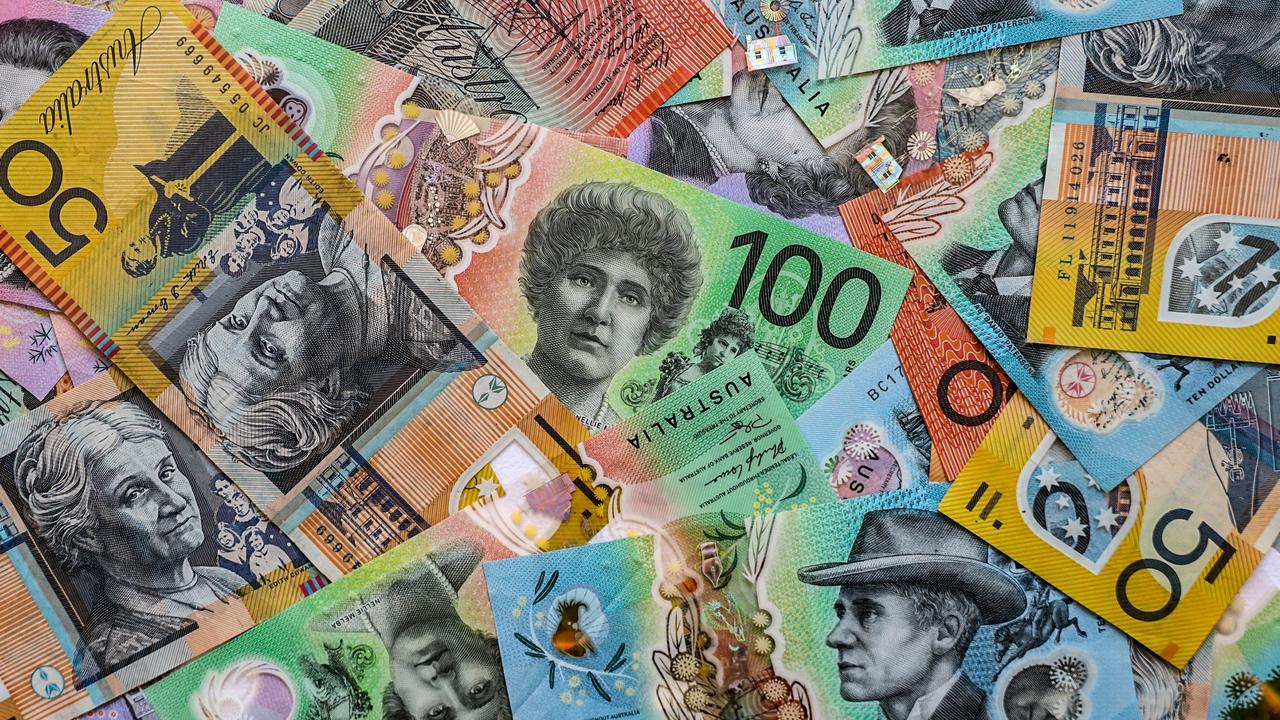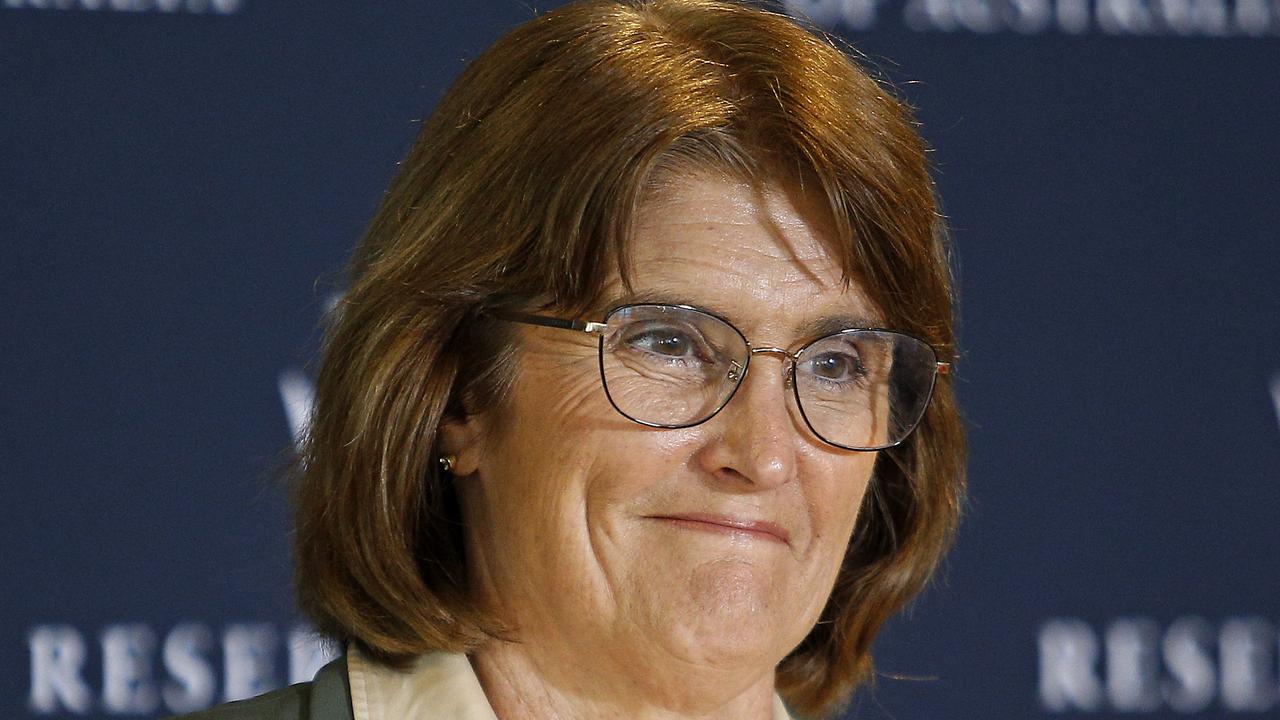Will Labor or Liberal party be better for house prices after election
House prices have exploded over the past few years, and show no sign of stopping. But would a Labor government change that?

Interest Rates
Don't miss out on the headlines from Interest Rates. Followed categories will be added to My News.
ANALYSIS
Which political party is best for house prices?
Arguably, the Morrison Government won re-election on this question in 2019 after some Aussie voters were spooked by a Bill Shorten Labor reform program that included scrapping negative gearing for property investors. So it is worth asking the question: “Will house prices play a role again?”
Having concluded its ambitious reforms were to blame for the loss, Labor has since abandoned that platform. There is now virtually no difference between the two major parties on housing policy.
Both pretend to care about the losers of a system geared towards higher property prices. And both, equally, bail out that system every time it looks like it might fail as any market should from time to time.
The two major parties agree to do pretty much nothing on helping free up supply which is choked at the state and local levels by corrupt planning rules. Both agree on first-home buyer savings schemes.
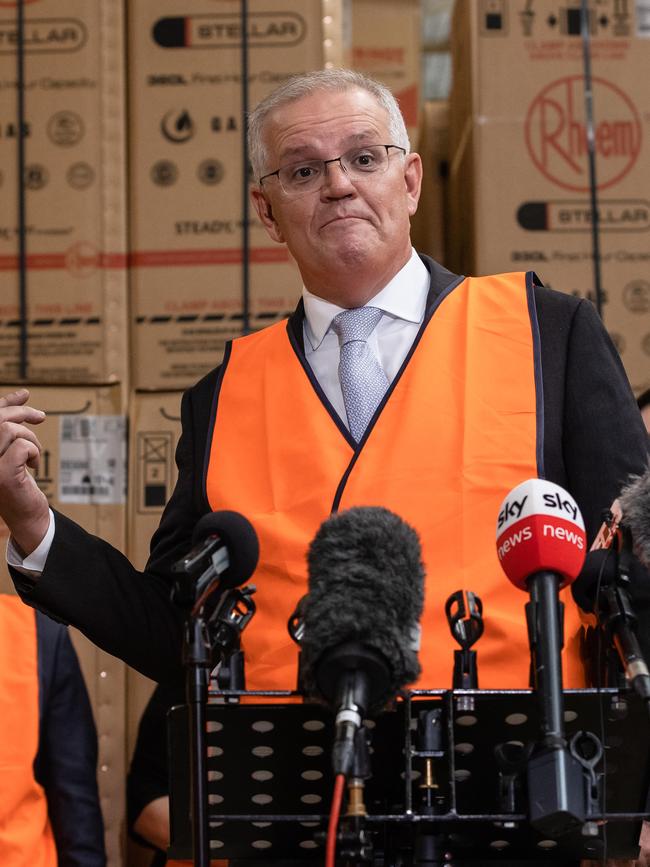
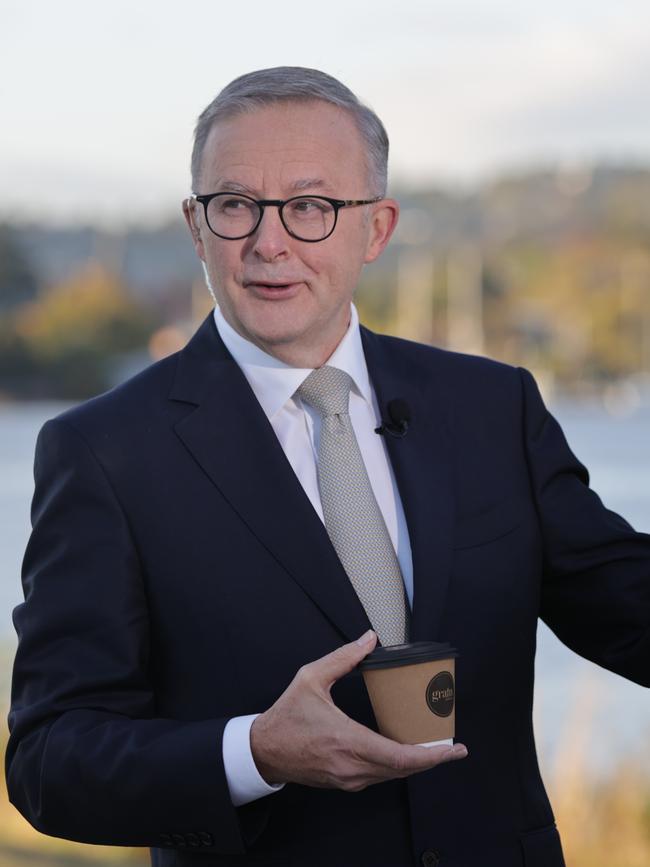
Immigration and interest rates
The other major inputs into property prices are immigration rates and interest rates. Are there any differences between the parties here?
On immigration, the Canberra consensus of more is better is intact despite deep resistance in the community.
The Coalition favours short-term visas to suppress wages which helps hold down interest rates which is positive for house prices.
Labor prefers more permanent types of immigration which will have less impact on wages (though still hold them down) while also lifting demand for property in the longer term as the population grows more strongly.
The net effect of these differences is roughly even.
The other lever that either party could pull to impact interest rates is the management of the budget. Contrary to popular belief, both parties are also committed to surpluses over the economic cycle. Indeed recent history suggests that Labor is more committed than the Coalition.
While in power, the Rudd Government undertook the largest fiscal tightening since World War Two. All Coalition Governments since have failed to deliver a surplus and the Morrison Government has been downright profligate over its term.
Even today, as the RBA revs up to lift interest rates to 3.25 per cent in 2023 (according to uber-hawkish markets), the Morrison Government is running deep deficits and spending hugely on election pork that will definitely lift the terminal cash rate.
Labor is probably the better bet on budget tightening that eases pressure on the RBA given it will not want to be greeted by an interest rate spike the moment it takes power whereas Mr Morrison will already be committed.
So, on lower interest rates, which is by far the largest factor in lifting house prices, Labor is the better bet at this stage.
Minor parties
The Greens take the deleterious impacts of high house prices more seriously than the major parties. They have a plan to build one million homes as either public access or shared equity. This is an admirable goal and will take some pressure off prices.
The problem is, the Greens also have the most aggressive immigration policy platform of any party. Whether it’s family or humanitarian intakes, The Greens’ instincts are always to take in more over fewer people without any offsets in other categories. So any benefit of increased supply is likely to be offset by a much larger population, which is a little ironic for a “green” party.
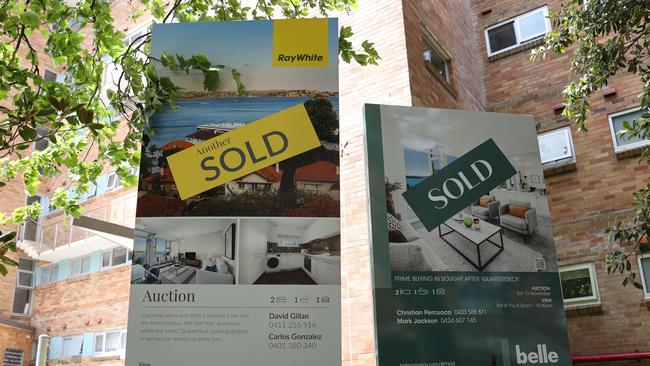
The United Australia Party is the out-of-the-box housing policymaker of this election with a commitment to cap mortgage rates at 3 per cent for five years by law. This would potentially be very positive for house prices in the short term, as it was during the Covid fixed-rate boom.
But that example also serves up a warning for the policy. If it worked to lift house prices then it would also fail in short order because an overheating economy would lift market interest rates for bank funding and, unable to pass on the rising cost of money, the banks would start rationing credit owing a margin squeeze. House prices would then likely crash so you’d need to be more than a little nimble to benefit from Clive Palmer’s fixed rates.
The real question
The real question that no party is prepared to canvass in this election is how house prices fit into the kind of economic model we need over the next several decades.
For the past three decades, the great globalisation period of economics has delivered cheaper and cheaper credit and ever higher house prices. But that has come at the price of hollowing out our former industrial base owing to uncompetitive costs such as land and building (among others like energy) and by keeping the Australian dollar higher.
With the globalisation period now ending in an era of segregated liberal and illiberal trading blocs of nations, supporting an independent industrial base and the energy to fuel it becoming a national priority.
This is especially the case for Australia which very much straddles the emerging divide, led by the US on one side and China on the other.
We should be asking ourselves if the great housing inflation economic model is worth it if it costs us our freedom by rendering self-defence and resilience impossible.
But that’s the kind of question that our narcissistic political system runs a mile from.
David Llewellyn-Smith is Chief Strategist at the MB Fund and MB Super. David is the founding publisher and editor of MacroBusiness and was the founding publisher and global economy editor of The Diplomat, the Asia Pacific’s leading geopolitics and economics portal. He is the co-author of The Great Crash of 2008 with Ross Garnaut and was the editor of the second Garnaut Climate Change Review.
Originally published as Will Labor or Liberal party be better for house prices after election

